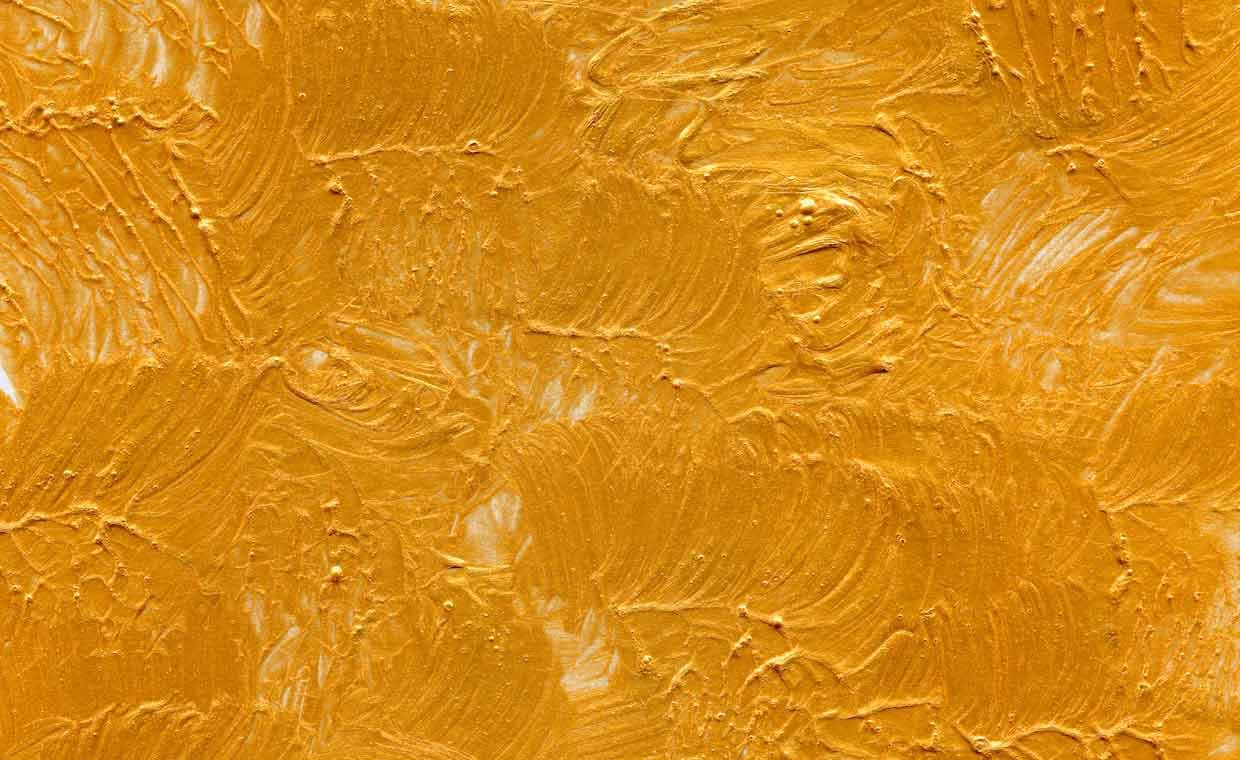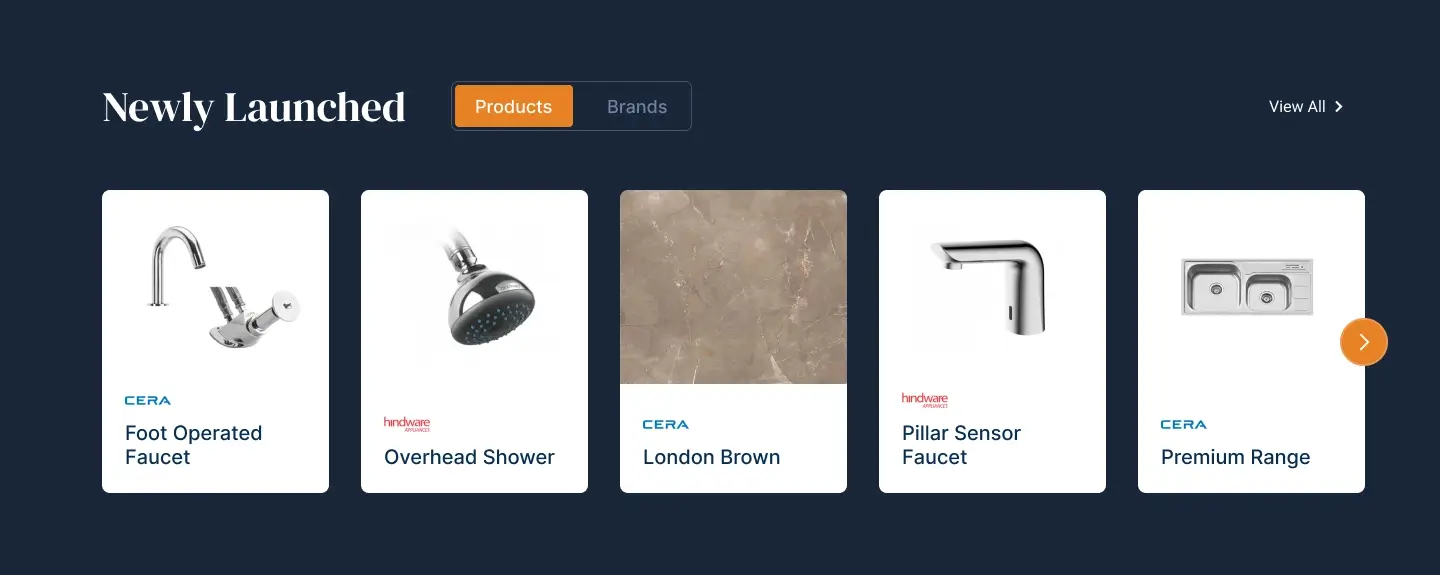
Table of Contents
Quick Summary
- Textured paint on walls adds both colour and surface depth.
- It hides wall flaws and enhances visual appeal.
- Popular types include sand, knockdown, orange peel, Venetian plaster, combed, and stucco.
- It offers styles from rustic to luxurious
- The paint is ideal for bedrooms, living rooms, hallways, ceilings, and even kitchens
- It provides acoustic benefits and low maintenance
- Textured Paint needs tools like sponges, combs, and rollers.
- The paint boosts texture, strength, and durability to walls after application.
- It is a versatile and perfect painting solution for both homes and commercial spaces, inside and outside.
- Proper surface preparation and skilled application of textured paint on walls can bring the best results.
Textured paint for walls is a popular wall décor trend. Textured paints are a wise choice if you want to add a unique character to your wall. But what’s the big deal with textured paint?
Standard paints can add colour vibes to a wall, but Textured paint for walls are one step ahead in creating a unique persona for your rooms. Unlike normal paint, textured paint can add an extra dimension to give your walls a new look and aesthetic. The new décor has the charisma to elevate your room décor to an advanced level.
In this article, we will discuss textured paint, its various types, and the benefits of using it, which will surely make your choice simple. Let’s start with the primary idea wall textured design paint and texture paint for interior walls. What is textured paint? What is unique about textured paint for walls?
What Is Textured Paint?

Textured paint is a unique paint type that adds physical texture to the wall along with colour. While satin or pearl finish colours are used for adding beautiful colour shades on walls, textured paints induce tactile depth on the applied surface. The texture is produced with natural ingredients like sand, stone particles, or marble dust.
The result of applying textured paint for walls is fantastic for creating a designer look. Moreover, the range is quite expansive. From refined graininess to bold patterns and 3-D finishes, the paint is a creative way to hide wall imperfections in an upscale style.
Textured paint for walls has earned huge popularity for the combination of functionality and aesthetics it creates on the wall. However, it is available in different types, so you can customise your choice for your home.
Different Types of Textured Paints for Your Customized Choice
Home decor and wall design goals are dynamic concepts that vary widely from one homeowner to another. No wonder a design’s requirement or suitability may vary from one wall to another or from one homeowner’s discretion to another. Some of the most popular variants of textured paint for walls are:
1. Sand Textured Paint

Sand texture wall paints are the amalgamation of sand and paint. Sand texture wall paint application creates an apparently rough, gritty surface that finally creates a rustic look. If your wall surface has certain imperfections, sand-textured paint can create creative coverage.
2. Knockdown Textured Paint

If you want to add spick-and-span depth, softness, and a creative combo of smooth and raised surfaces on the wall, Knockdown textured paint will serve your purpose perfectly. The finished effect of textured paint is almost like stucco but in a subtle way.
3. Popcorn & Orange Peel Paint

Have you ever observed a cottage cheese-like color finish on the ceilings in a room? If yes, these textured paints are called popcorn texture. Orange peel textured paints replicate the orange skin of the fruit (of course, color may vary) on the wall, and the painting is done mostly using spray.
This quality of textured paint and offers acoustic benefits; in large rooms, popcorn, and orange-peel paintings can better absorb sounds.
4. Venetian Plaster

Venetian textured paint creates a luxurious look on your wall. It is a fine blend of thin plaster and pigments. The resulting effect creates a marble-like shiny effect on the wall. Post-polishing, the wall looks smooth, but it projects an impression of depth.
5. Combed Texture

The name indicates its method of making. Painters use a trowel or comb to form lines or wavy patterns on the wet paint surface. If you are fond of striped or geometric designs on your wall, comb-textured paints are the best solution for you.
6. Spray Textured Paint

The name speaks of its making process. The painter sprays the colour on specific equipment to quickly and consistently form a splashed or stripped color effect. Spray-textured paint is best suited for large wall areas in homes or commercial places.
7. Acrylic Texture Paint

Acrylic texture paint for walls gives walls a rich, bold look. It adds depth and vibes. This version of textured paint is easy to apply. The option is versatile as it goes well for both interior and exterior applications, it is a popular version of textured paint.
8. Marble Finish

Marble finish looks classy and smooth. It replicates the charm of real marble with its shine. Works well on walls and floors and is easy to clean. It provides a rich, timeless feel on home walls.
9. Stucco Paint Texture

Stucco paint texture feels rough but stylish with its 3-D appearance. It adds an old-world charm, and can hide wall flaws. The paint is strong and durable. Stucco textured paint is compatible to exteriors. Post completion of painting, the textured paint provides the walls a bold, earthy, and rustic look.
The Advantages of using Textured Paints on your Wall
Textured paints are costly enough compared to standard paints. However, you may wonder why you should incur an extra cost by choosing textured paints over standard paint. Adding a special effect to the wall cannot be the only reason. You have guessed right! If we compare between texture paint vs normal paint, there are multiple benefits of applying textured paint for wall. Let’s explore.
1. The Paint can Hide Imperfections

Suppose a wall has minor cracks, patched areas, or uneven surfaces. In that case, textured paint is a versatile solution to camouflage all the discrepancies.
2. Visual Impact

The application of textured paint on the wall adds a unique character, and its textured looks can break the dullness of a flat premise. The paint is enough to create a wall persona. You don’t need to put wallpaper.
3. Durability

Many textured paints are more resilient than regular paint. Their strength makes them ideal for high-traffic areas. This paint guarantees a strong wall bond and offers a lesser risk of peeling or flaking.
4. Acoustic Benefits

Certain texture paints can help absorb sound. As a result, the painted walls can reduce echo effect especially in larger rooms.
5. Customisable Walls with Textured Paints

You can use textured colours for various effects. Starting from rustic to luxurious, you can customize the texture paint to suit your personal style. Also, you can display your favourite colours combo on the wall to create a customised look.
6. Low Maintenance of Textured Paints

Many textured paint variants can more efficiently resist fingerprint stains and dirt than standard coloured-painted smooth walls. Sand texture or stone-finish walls are especially reliable for this feature.
The Ideal Spots to Apply Textured Paints to Create a Magic
Textured paint can work wonders in various parts of your home or other spaces, but strategic placement is the open secret to creating magic!
1. Living Rooms & Bedrooms:

Consider applying textured paint here. Create a cozy, dramatic look in one go. You can target a wall just behind the bed or a couch where you love to relax.
2. Entryways & Hallways:

With textured paint in the entryway or your drawing room, you can create a show-stopper look. Your guests will be impressed with the magic of a textured accent wall.
3. Ceilings:

In the textured pain range, popcorn or orange peel textures are mostly applied on the ceilings. In addition to their great look, the paint can reduce unwanted glare from the light.
4. Bathrooms & Kitchens:

Textured paint is a good choice if you want to add a dramatic effect to your kitchen or washrooms. However, you must use water-resistant varieties. You must seal the wall sufficiently to avoid the risk of moisture damage, a must-do preventive action. You can apply on exterior walls too, but it is better to consult a paint expert before doing so.
Apart from home, textured paint for wall are a good option to apply on the walls of commercial places; however, everywhere, the buzzword is “less is more.” Overusing textured paint may create a clumsy feel, which is ultimately uncomfortable.
How Texture Paint Is Done?
Prepare the Surface:
Before applying texture paint, ensure the surface is clean and free from dust and debris. Before using paint, you must repair any cracks or holes in the walls. You must allow the repaired spots to dry completely.
Primer to the Walls:
Firstly, add a coat of primer to the walls. The application is done for creating the base. A smooth and even base is a necessity for applying the texture paint.
Mix the Texture Paint:
Follow the manufacturer’s instructions described on the texture paint product container about mixing. Different textures may need different mixing techniques, so following the manufacturer’s guidelines is the best policy.
Apply the Texture Paint:
The painters use a brush, roller, or trowel to apply the texture paint onto the target surface. You need to start from the top and work down, confirming an even coverage. For the final look, the painter may need to apply several layers of paint on-site.
Allow to Dry:
A textured paint takes time to dry completely. Meanwhile, avoid touching the paint-smeared surface.
Finishing Touches:
Once textured paint on the wall is fully dry, you can further apply a sealer or an overcoat. This final application will protect the paint and add a polished finish.
The Frequently Used Processes in Textured Painting
Sponging:
This process is executed with a sponge for the application of painting. The paint is applied in a patting motion for a dappled, lenient look.
Rag Rolling:
In this process, a rag is used to roll paint on the wall. It creates a dramatic and uniquely textured effect on the wall.
Stippling:
The process of textured paint is done with a brush or a stippling tool. In this process, small and dotted textures are created on the target spot.
Combing:
This process of textured painting involves dragging a comb on the wet paint surface to create a textured effect. The process creates symmetrical linear patterns.
Slap Brush Texture:
This process of textured painting is done with a special brush. The brush can create a unique pattern.
Final Thoughts
Textured paint for walls offers excellent application versatility. A stunning aesthetic finish is a value-added bonus besides their durability and low maintenance benefits. Whether you prefer subtle textural contours or a bold and dramatic look on your wall, textured paints can fulfil all your needs.
However, you need to employ an expert painter to get the best out of your imagination and texture paint application. So go ahead—it’s high time to enrich your home walls with brilliant texture and colours. Make them as unique as you are!
Also Read: Paint Types, Components & Application Guide
FAQs on Textured Paints
1. How Long Does Texture Paint Last on Walls/Ceilings?
Indoor textured paint commonly lasts 5-10 years, depending on the surface preparation, application quality, and environmental conditions. Regular maintenance can extend its lifespan.
2. Is texture paint waterproof?
Yes, texture paints can be waterproof, especially those specifically designed for exterior use or areas prone to moisture, like kitchens and bathrooms. However, not all texture paints are inherently waterproof; some are water-resistant, meaning they can withstand humidity but may not be suitable for areas with prolonged or frequent exposure to moisture.
3. Can texture paint be removed?
If a surface has a tiny bit of texture left, don’t worry. You can remove it with sanding. But you must consult a paint expert for complete removal from the wall.
4. How do you clean textured paint DIY?
There are a few DIY methods to clean textured painted walls.
- Use a dry sponge—It removes minor smudges and dirt without water.
- Try a rubber eraser, which eliminates minor scrapes on textured walls.
- Use a broom with a soft cloth wrapped around it—It is a tender way to wipe down textured ceilings.
References
Mario E. Rodriguez-Juarez, Edgar Perez-Diaz, Guillermo I. Lopez-Dominguez, Veronica Leyva Picazo, Daniel Valencia-Cruz, Beatriz M. Millan-Malo, Mario E. Rodriguez-Garcia (2022) in Development and characterization of lime-based stucco for modern construction and restoration applications based on ancient stuccoes from the “El Cerrito” pyramid, Querétaro, Mexico in Case Studies in Construction Materials, Volume 16, June 2022, e00875, https://doi.org/10.1016/j.cscm.2022.e00875 [Online] Available from https://www.sciencedirect.com/science/article/pii/S2214509522000079






























